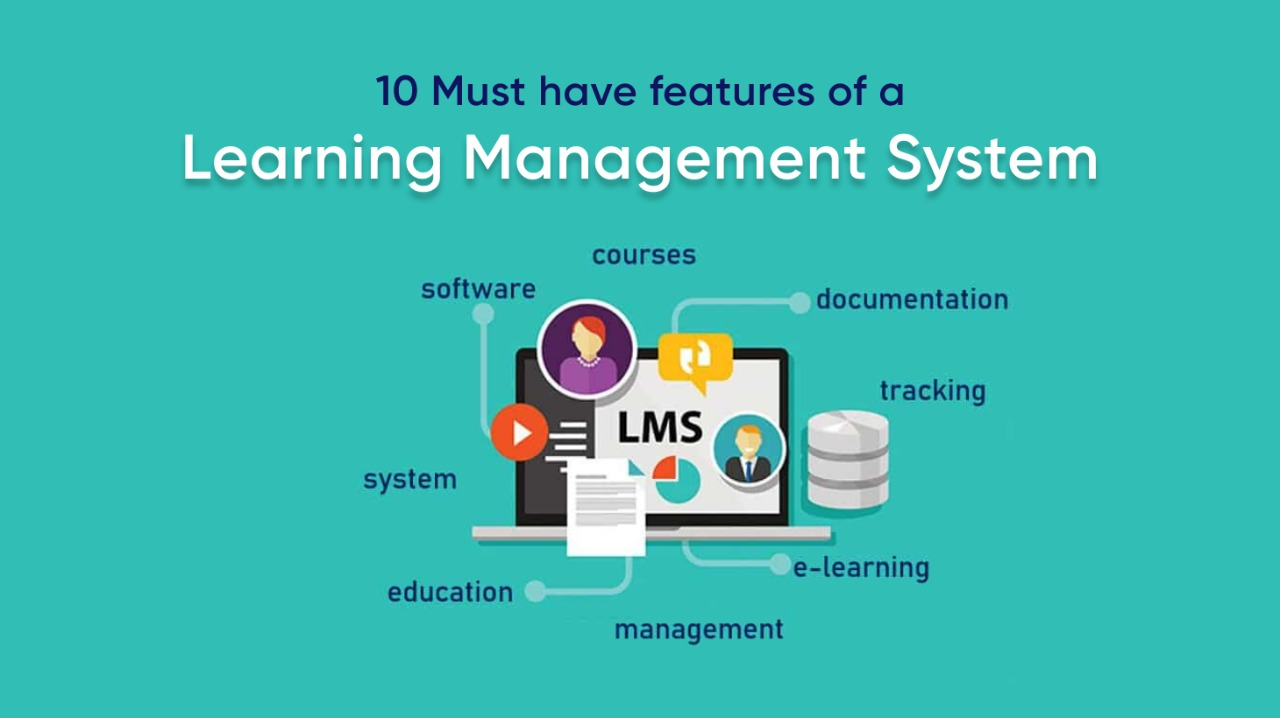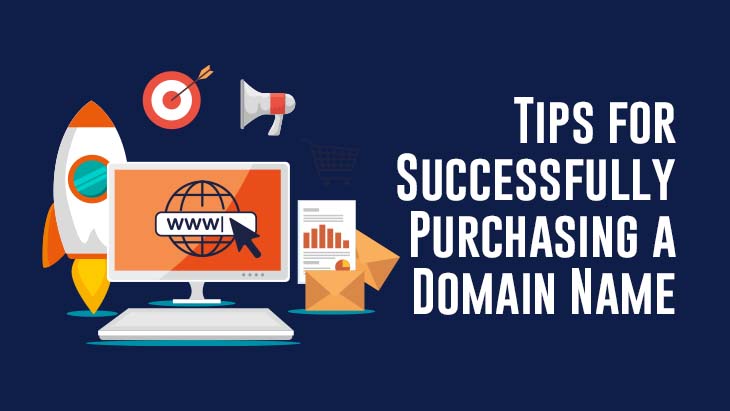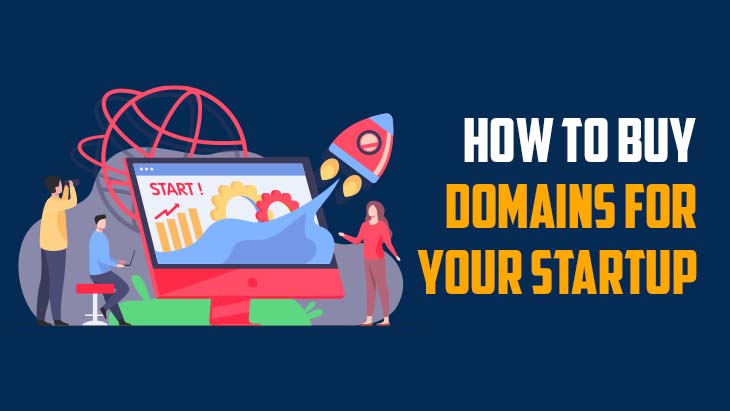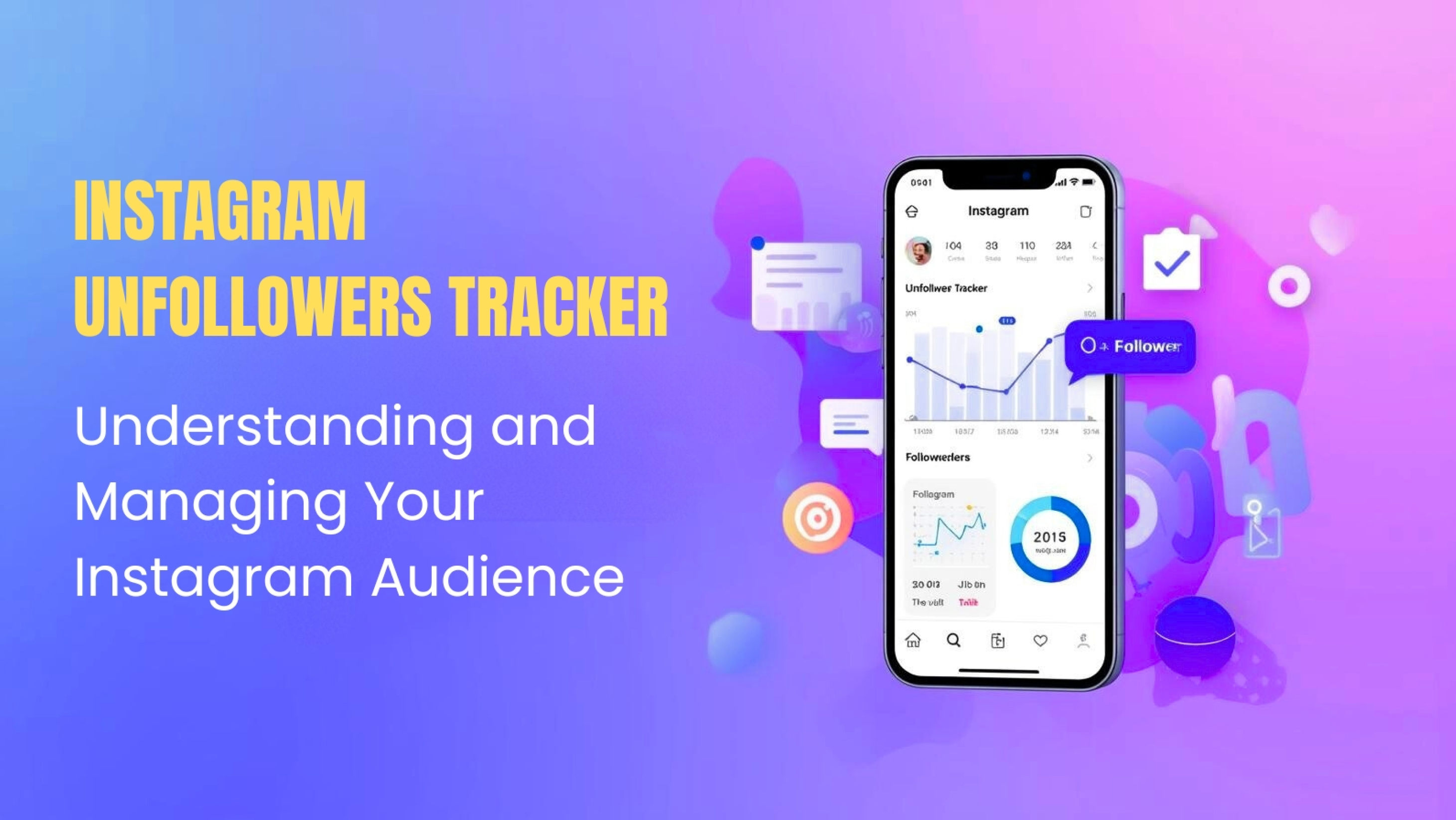A learning management system is software companies use to organize and deliver learning opportunities. Like the many software we all use daily, like Google Docs for drafting content or QuickBooks for accounting, the best learning management systems should help drive an organization's training programs by simplifying these two critical functions.
Here Are the Top Main Functions
1. A server allows L&D professionals to perform these core functions, creating, managing, and delivering courses and other eLearning material. Additionally, a data repository for crucial information on a learner's journey and performance.
2. A user interface that is used by administrators, instructors, and learners. This interface operates within a browser or app and is—hopefully—easily accessible for Learning Management Software development.
While there are many benefits of using an LMS, like cost reduction and security, the primary purpose of a learning management system is to deliver and track learning and eLearning initiatives in one place.
How an LMS looks and operates will vary depending on the company's objectives, but the LMS features should allow L&D pros to simplify the following processes:
1. Course registration and delivery
2. Tracking and analyzing user data
3. Performance-based tasks, e.g. skill gap analysis
4. Course administration
5. Communication between instructor and learner.
Functionalities of LMS
Another benefit that ties into the purpose of an LMS is that learning professionals can use specific data elements to ensure individual learners are meeting the desired learning objectives. Every instructor knows that their learners will have different achievements and struggles in any traditional or eLearning course.
The ability to leverage critical data elements tracked and analyzed within a learning management system can help increase learner adoption. This point is crucial for software development company or organizations operating in high-consequence or highly-regulated industries such as healthcare, aviation, oil and gas, pharma, finance, and nuclear. Providing staff with the necessary tools and knowledge to succeed while remaining compliant is of utmost importance.
Must have Features of an LMS
To get an ROI and to build a better business case within your organization, it's essential to come prepared when sourcing the best LMS vendors. That includes understanding your company's training goals and how you can help achieve them. For L&D pros eager to solidify a better learning experience for their teams, one needs certain features of a learning management system.
1. LMS Integrations
An LMS that seamlessly integrates with other systems, like association management software or talent management systems, enables L&D pros to supplement learner information with important course completion data. This is quite essential in any LMS development company.
2. Data Tracking
The ability of learning professionals to track a learner's journey via stored data helps them better understand how the courses and learners are performing, all in the same place. This allows L&D pros to track better and design their learning programs.
Furthermore, having the ability to recognize where learners need to build their skills or where they're excelling helps speed along the training process. With the ability to categorize training content and tag them by talent, learning professionals can provide a more individualized learning environment.
3. Personalized User Experience
To encourage wider adoption, a capable LMS should provide content based on a learner's history within the software and their role. For instance, if a learner is in a sales role, they should easily be able to find more sales-related training content in the LMS.
Adaptive assessments and quizzes that reflect a learner's performance throughout a course will enable users to prioritize improvement areas. If an LMS is more personalized to a user's learning preferences and job function, they become more invested in the process.
4. Offline Learning Trackers
For roles that require training and assessments in a real-world setting, like those that involve manual and technical activities, learning professionals may find it challenging to track and store learning data. To bring this offline learning back online, an LMS should allow L&D pros to capture offline assessment results.
This can be done through electronic record creation and the ability to edit and personalize assessment checklists that suit specific capabilities or skills that require evaluation. It is also one of the most important ones from the Features list of Learning Management System.
5. Automated Alerts and Notifications
Even with the use of a feature-rich learning management system, managers and L&D pros cannot correctly identify a learner's needs without the necessary oversight. Automated alerts and notifications are a critical LMS feature to ensure trainers and managers know how their learners have been engaging and completing course materials.
By sending auto-alerts to learners about their training deadlines or notifying trainers of a user's completion rates, an LMS can provide feedback to the right people at the right time.
6. Remote or Mobile-Workforce Ready
Workforces are changing rapidly, and the popularity of remote work continues to grow. On-site training may be inconvenient or even impossible for companies with a global presence. An LMS must be remote or mobile-ready to ensure learners have access to materials at all times and that companies can train their talent, no matter where they are in the world.
Furthermore, mobile-ready training programs are especially effective for the healthcare, construction, and retail industries that typically train on the go and within the flow of work. This ensures that high-consequence endeavours do not sacrifice training, even under pressure.
7. Compliance
For many businesses, it's vital to remain compliant with government regulations or corporate policies. This includes ensuring the right people are trained at the right time and that learners are adequately assessed in their understanding and awareness of regulatory requirements.
As further protection for the company, a top LMS should be able to track and record training activities and provide management notifications when issues arise.
8. Assessment Tools
Although LMS reports and analytics can help learning professionals track their learner's engagement, it's also essential to gauge retention and comprehension. An LMS should support various assessment tools, like exam engines, simulations, or branching scenarios.
In addition to providing these assessments, an LMS should allow trainers to provide immediate feedback to their learners.
9. Smart Scheduling Tools
Even before most workforces went fully remote following COVID-19, it was challenging to schedule face-to-face sessions accommodating the entire team. With an LMS that provides an intelligent scheduling tool, instructors can offer their learners multiple dates and times for their training sessions.
This flexibility benefits learners by ensuring they have access to necessary training when available rather than expecting them to juggle multiple tasks while learning new skills.
10. Test-Out Options
Gauging what your learners already know can be challenging, even for experienced L&D professionals. At the same time, getting new employees up to speed as efficiently as possible helps them add value to the organization faster. That's why offering learners the ability to 'test out of a training module can reduce their time spent on training and give learning professionals a better understanding of where individual learners are in their journey.
You can still provide learners with the course materials necessary to complete their training. Still, a test-out feature gives them the option to complete a final assessment rather than take an entire eLearning module. If they pass the evaluation, there's no need to accept (or re-take in the case of some annual compliance training) the training.
Building your education and training programs takes planning and care, but plenty of systems are out there to help you along the way. Make sure the software you choose has all the LMS features you need to build and maintain your program and maybe even let your employees self-serve.
















Post Comments